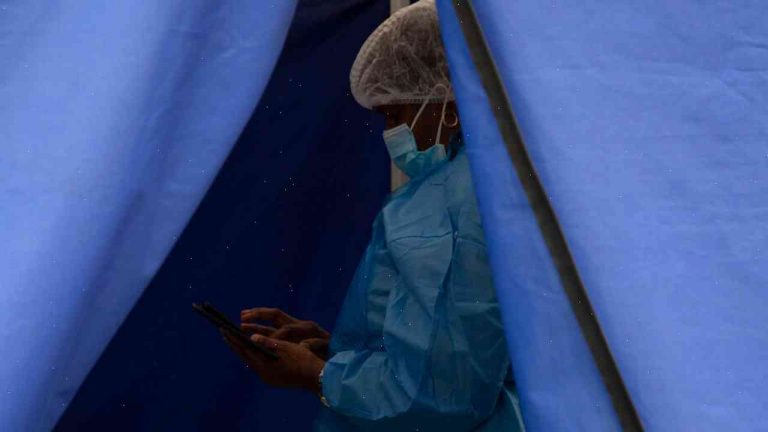The dangerous threat posed by the bug C. difficile reappeared in the UK at the start of the year after 21 people in Bedfordshire contracted a variant that is 3 times more likely to cause reinfection
The dangerous strain of the bug that has caused recent cases of infection of the elderly in the UK, called C. difficile appears to be more dangerous than previously thought, according to research published on Friday.
The strain of the bug, called C. difficile type 3 (C. difficile 3), is three times more likely to cause reinfection than previous samples from the same family of organisms, known as the Klebsiella families.
Scientists at Imperial College London, who have been monitoring the diversity of bacteria on human skin for the past three years, made the discovery after comparing C. difficile 3 samples from eight previous UK-wide investigations with the last two, and the study of 1,029 UK-wide C. difficile samples from 30 trials since 2011.
“We are showing that KD3 becomes more sensitive to antibiotic treatments – including methicillin – which can accelerate the re-activation of the bug and create the kind of infectious bacteria that was seen in the 1990s,” said Professor Anne-Marie Hogg, the senior author of the study and from the London School of Hygiene and Tropical Medicine.
The new strain is shown to have a distinct genetic fingerprint from that of the normal K.d. family, which was seen just last year, but has a dramatic effect on the bacteria’s ability to survive when treatment is given. Scientists said the type 3 strain is now one of the most important and widespread in hospitals and clinics in the UK.
C. difficile causes more than 29,000 infections in England every year – an infection that kills about 15% of those it infects. The recent cases have primarily been among the elderly. C. difficile strain 3 did not appear in previous studies that measured the diversity of different bacteria on human skin.
“Researchers see about 25 different strains of bacteria on human skin, but if only 2 have the good gene, it’s still a different strain to the one found in the others,” said Professor Tim Key from Imperial College London, who led the research. “By combining the two, we can see the re-activation of all the bacteria on human skin in two specimens rather than only seeing the C. difficile 3 strain in one.”
“This analysis is the most thorough we have ever been able to do of the gene flow between the different strains on skin. We need to keep a close eye on how patients develop K.d. 3 strains and whether their symptoms change, which is a concern as it is estimated that up to 40% of those who develop infection with C. difficile type 3 will be re-infected,” said Key.
Last month, the government launched a fresh push to wipe out C. difficile infection, with the National Health Service to pay for the drug tetracycline, a beta-lactamase inhibitor, to treat the bug. More than 50% of patients recover, but patients with underlying conditions are more likely to relapse and die from the infection.
“Our case has clearly shown that the new strain is more diverse and may be more difficult to treat. It is important to look closely at the K.d. 2 strain that was seen only in our study, as patients are at an increased risk of relapse if we recognise early on that they have been colonised by K.d. 2,” said Key.
According to the research, new strains of C. difficile are not seen at all during skin studies, but are picked up when other kinds of bacteria are introduced. Hogg said that it is difficult to be sure if the same contamination occurs in hospitals where the bug is more common. C. difficile type 2 was seen last year in a hospital in Cornwall.
“We have had ten positive screenings in the last two weeks, which is very high but we don’t know how the levels will be monitored in hospitals where the problem is most commonly seen,” said Hogg.
